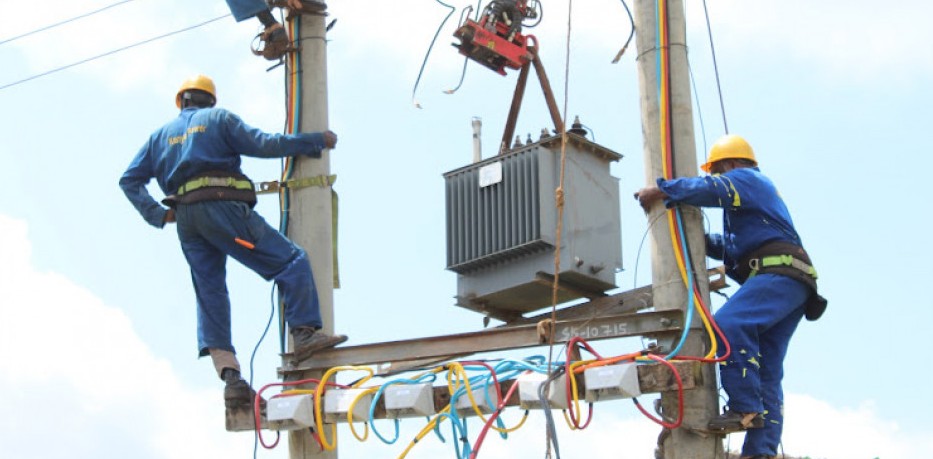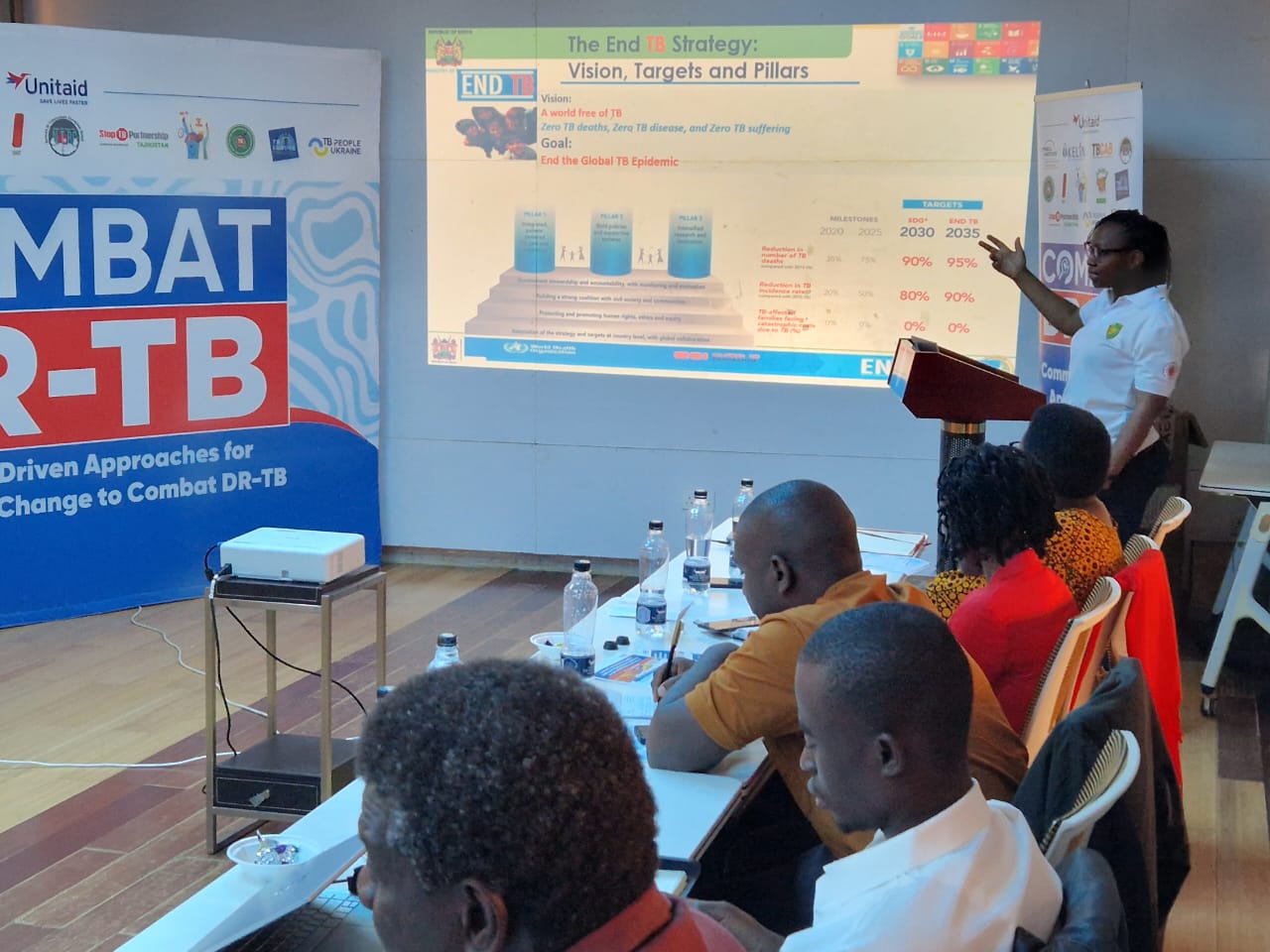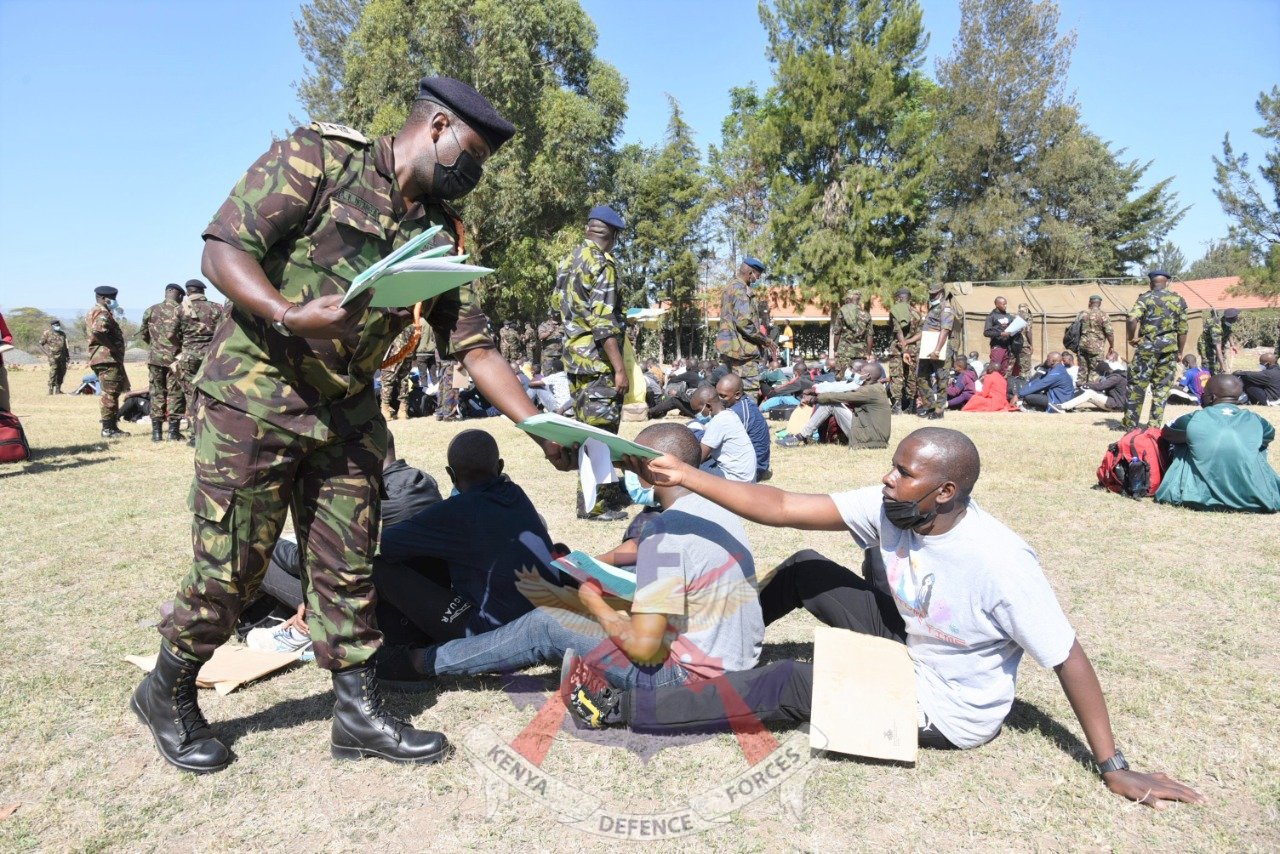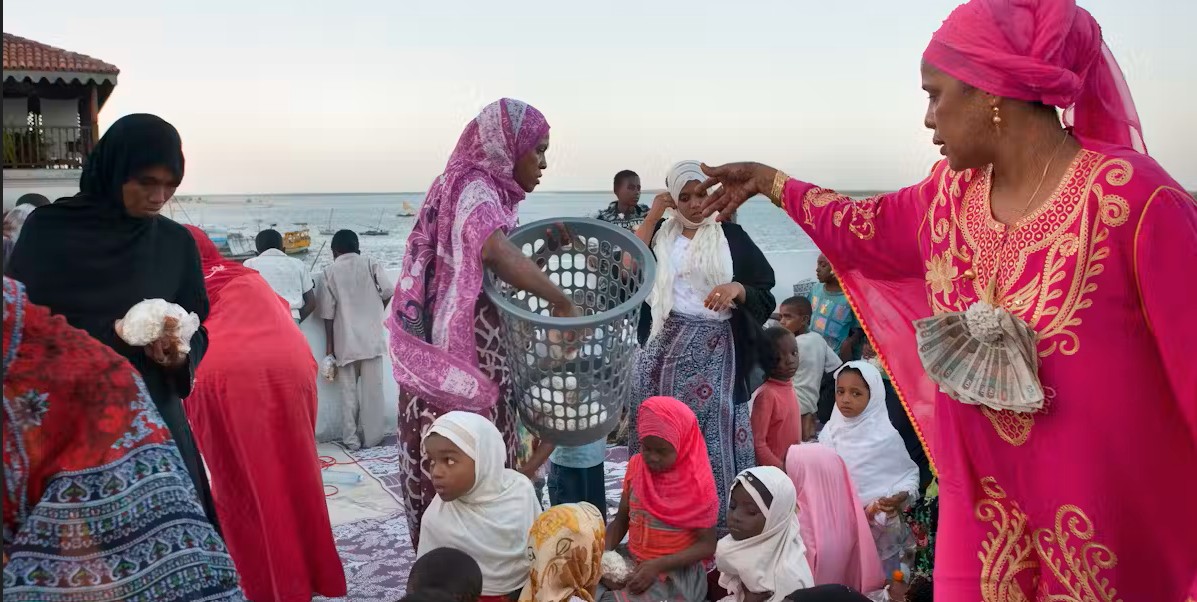Rain and floods compound misery for Sudanese displaced by war
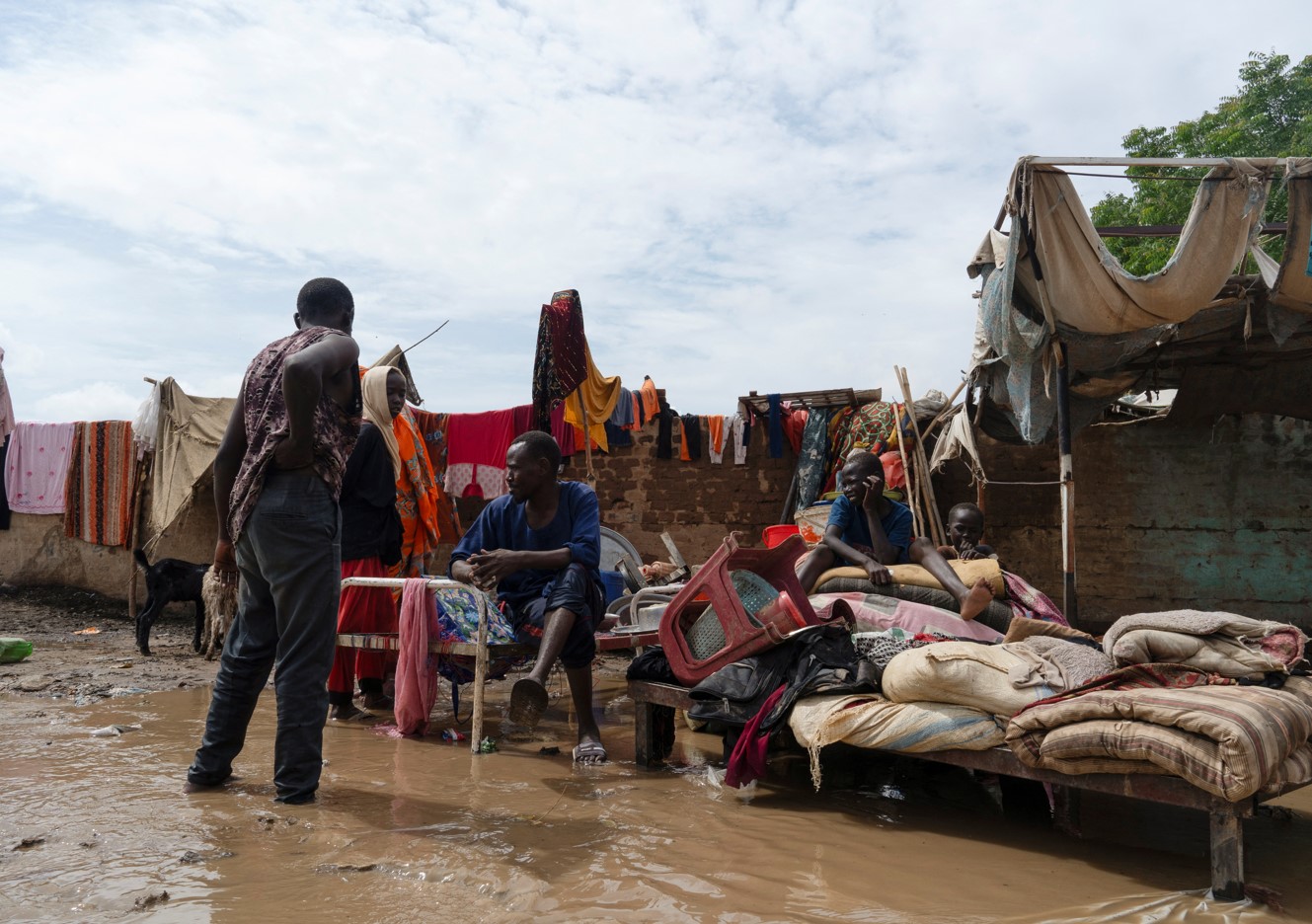
The latest wave of 165,000 people comes from Sennar state, with many arriving on foot in recent weeks. More than 10,000 who arrived in Kassala city were crowded into the few remaining empty buildings, including a school courtyard and an empty hangar, which quickly flooded.
Thousands of people are stranded on the streets of Kassala, eastern Sudan, as relentless rain adds to the suffering of more than a million Sudanese who sought refuge in the region from a 15-month-old war, Reuters reported on Tuesday.
The rainy season, which began earlier this month, has already damaged shelters, rendered roads unusable, and heightened the risk of water-borne diseases across large areas of the country.
More To Read
- Kenya balances Quad backing with call for Africa-led peace talks to end Sudan conflict
- Sudan criticises US sanctions on citizens, entities
- AU, IGAD and UN urged to push Sudan rivals back to negotiations amid worsening conflict
- UN calls for targeted sanctions amid Sudan’s devastating war
- 89 per cent of Sudan’s farmers facing reduced yields amid civil war - report
- Sudan Government vows post-war recovery, reconciliation in first Khartoum meeting since 2023 conflict
The number of displaced people within Sudan, now over 10 million, continues to rise as the paramilitary Rapid Support Forces (RSF) expand their territory in the conflict with the national army.
The war, which erupted in April 2023, has sparked warnings of famine and what the United Nations has labelled the world's largest humanitarian crisis. According to the United Nations, 765,000 people are sheltering in Gedaref state and more than 255,000 in Kassala state, which experienced the worst rains over the weekend.
The latest wave of 165,000 people comes from Sennar state, with many arriving on foot in recent weeks. More than 10,000 who arrived in Kassala city were crowded into the few remaining empty buildings, including a school courtyard and an empty hangar, which quickly flooded.
"We endured the sun beating down on us, but we can't handle the rain," said Nada Omer, a displaced person who spoke to Reuters.
With heavier-than-usual rains expected to continue until September, many displaced people are taking shelter under store awnings or tarps in the street. Some have rejected a government plan to move them outside the city, where there are few income opportunities.
"We are waiting in the street and have nowhere to settle," said Hussein Abdo, another displaced person. At least five people have reportedly been killed due to the rains, according to the United Nations.
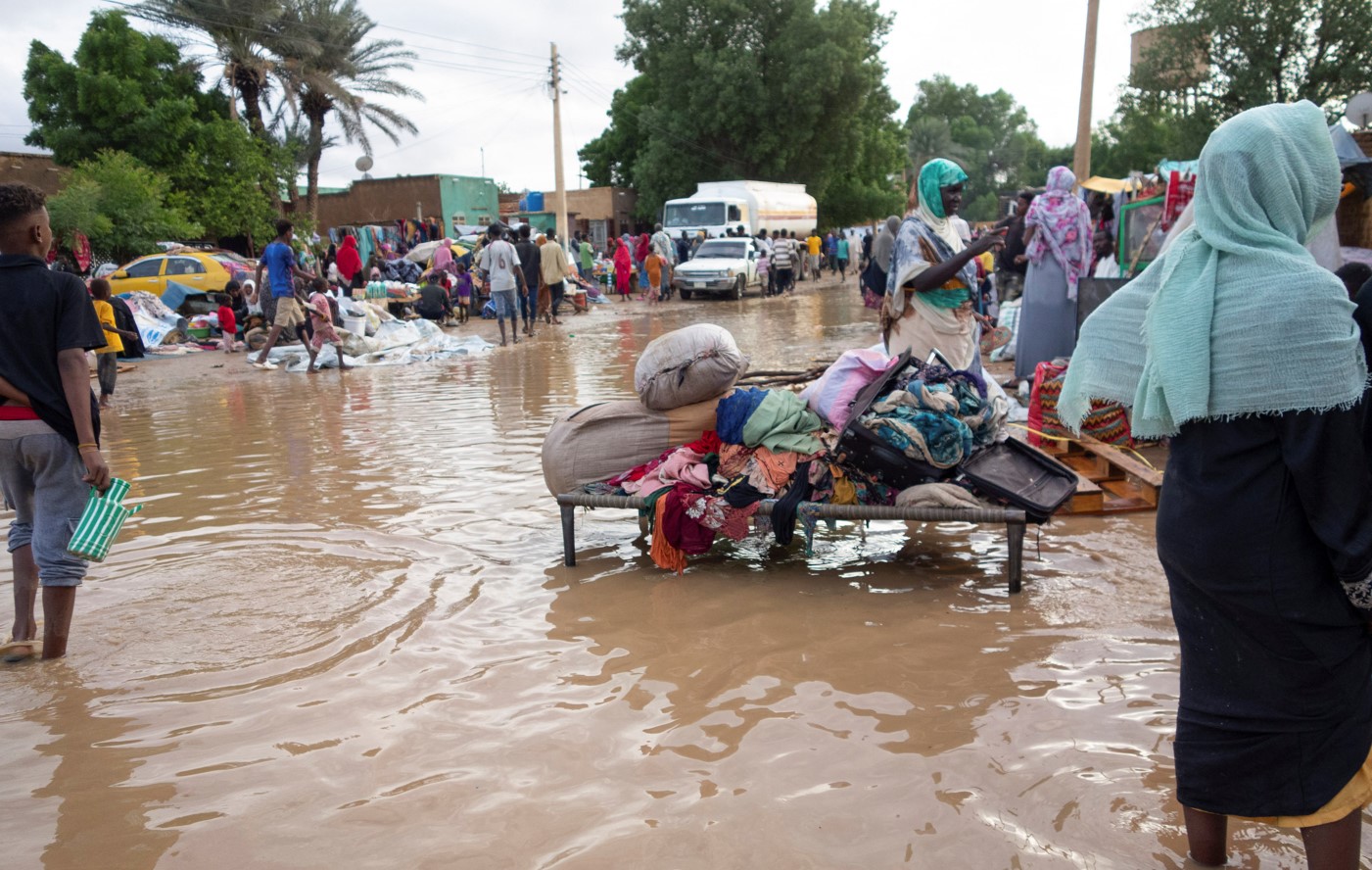 Displaced Sudanese people walk through a flooded street, following heavy rainfall in Kassala, Sudan, July 26, 2024. REUTERS
Displaced Sudanese people walk through a flooded street, following heavy rainfall in Kassala, Sudan, July 26, 2024. REUTERS
Those who arrived earlier from Khartoum or El Gezira state, or in slightly drier al-Gedaref, are not much better off, sleeping on the floor in schools with few services and makeshift, shallow toilets that have also been flooded.
Little was done to prepare for the situation, said Plan International's Mohammed Qazilbash. "We are coming up to 500 days of the war, and everybody is exhausted... It's one tragedy over another over another," he told Reuters.
The government and aid workers are preparing for an expected rise in water-borne diseases, including cholera, malaria, and dengue fever, with few medicines available to treat them. "We are sharing what is available, but it is above our capacity," said Dr. Ali Adam, head of the state health ministry.
The rainy season impacts most of the country. Last week, more than 1,000 houses and 800 latrines were destroyed by rain at Zamzam camp in North Darfur, one of the locations where experts say famine is likely.
Meanwhile, the RSF's advance has not stopped. On Monday, the RSF claimed it had reached an area about 180 km (112 miles) from Gedaref, one of the states that has sheltered the most people.
Kassala, the only neighbouring army-controlled state, cannot absorb people from Gedaref, as does the army's de facto capital, Port Sudan, on the Red Sea. "People are scared, but there's no options," said a volunteer in the Gedaref emergency response room. "They are awaiting their fate; the other cities are full."
Other Topics To Read
Top Stories Today


